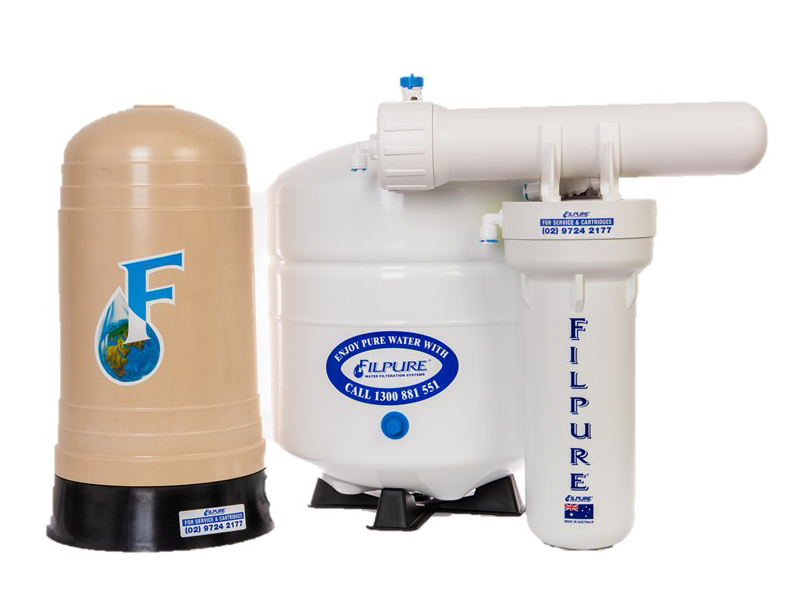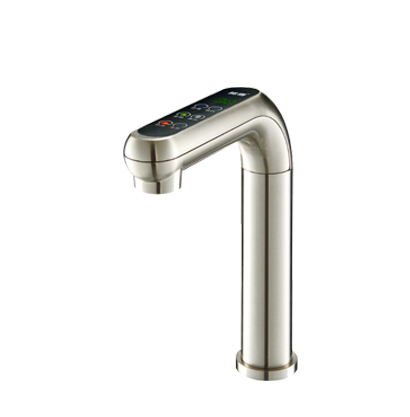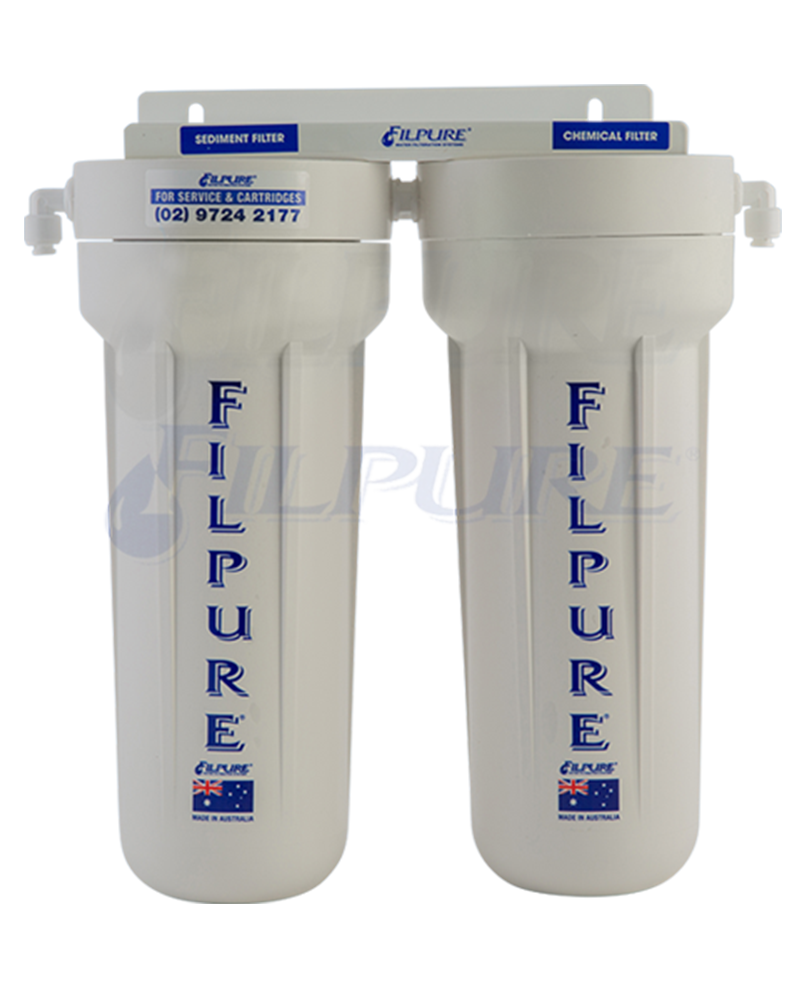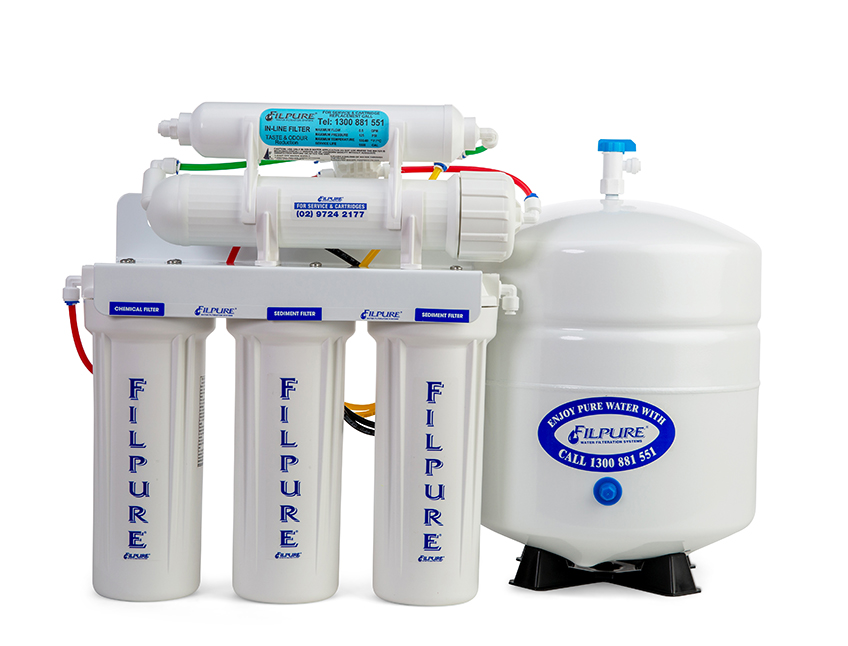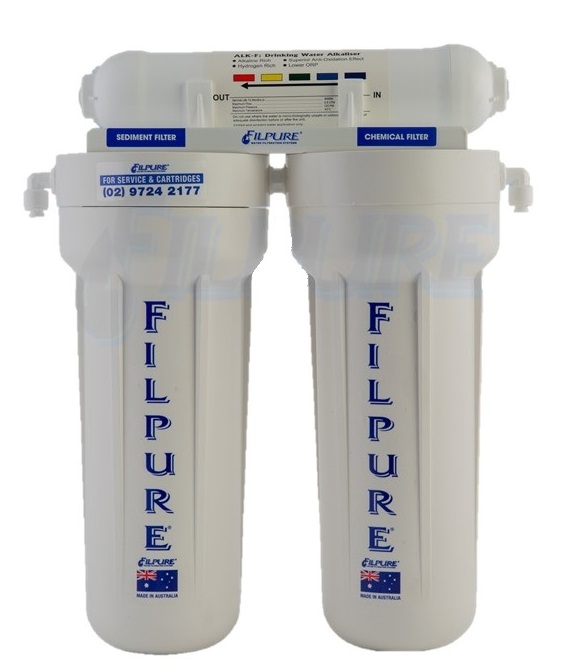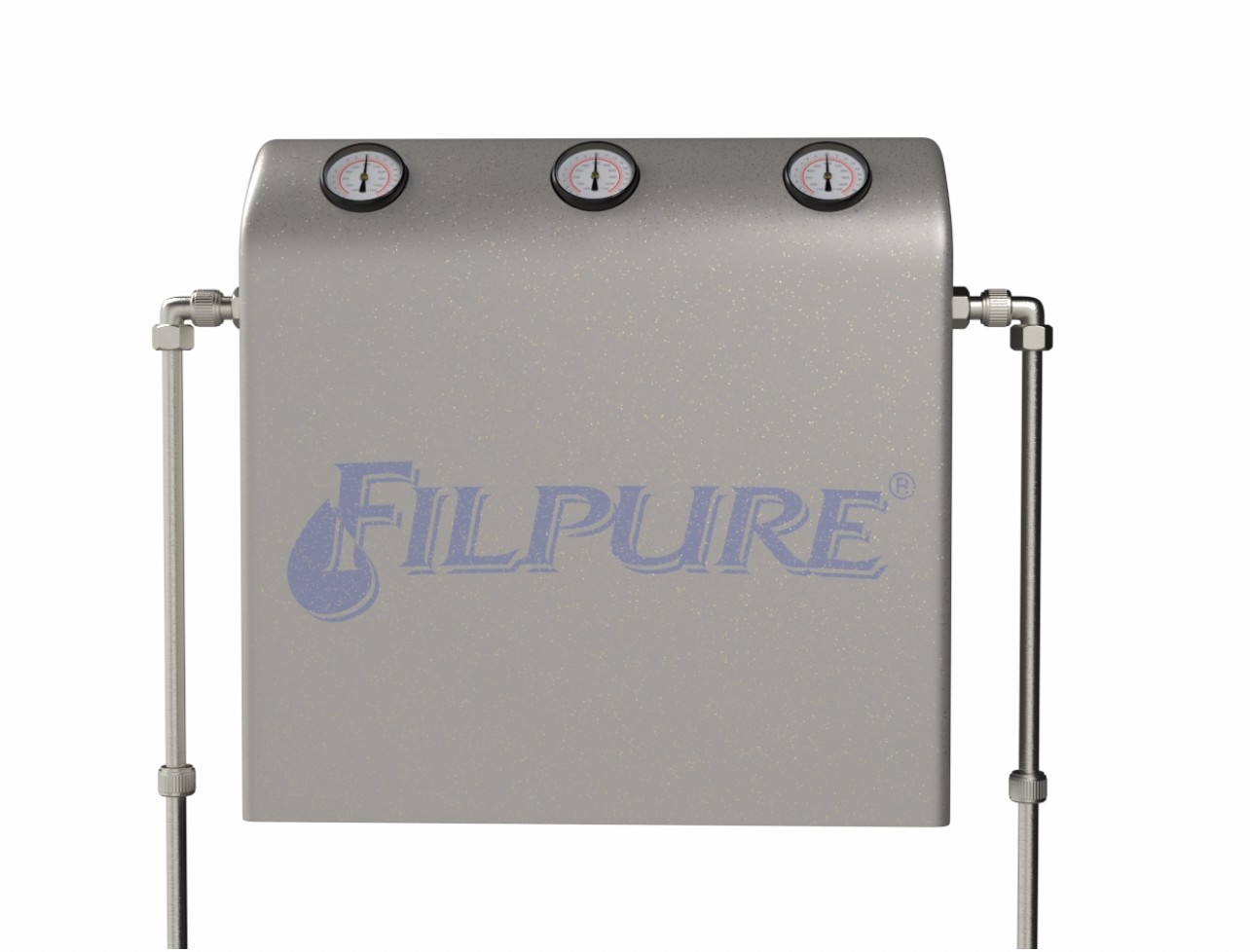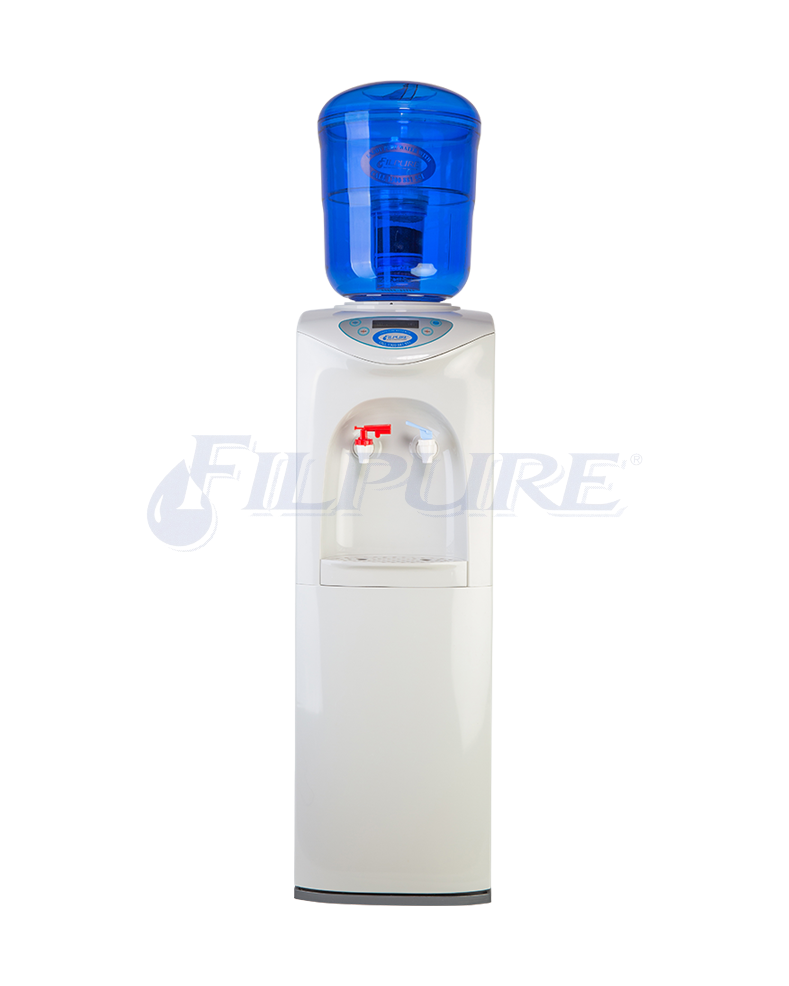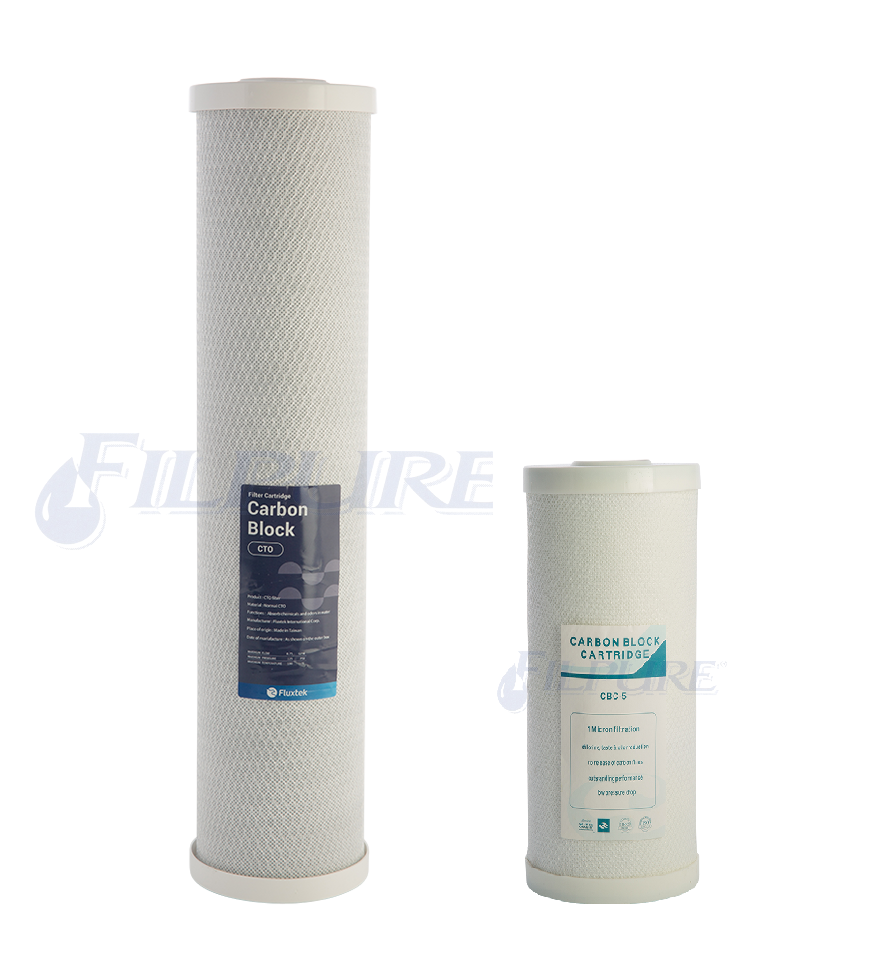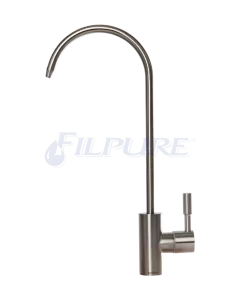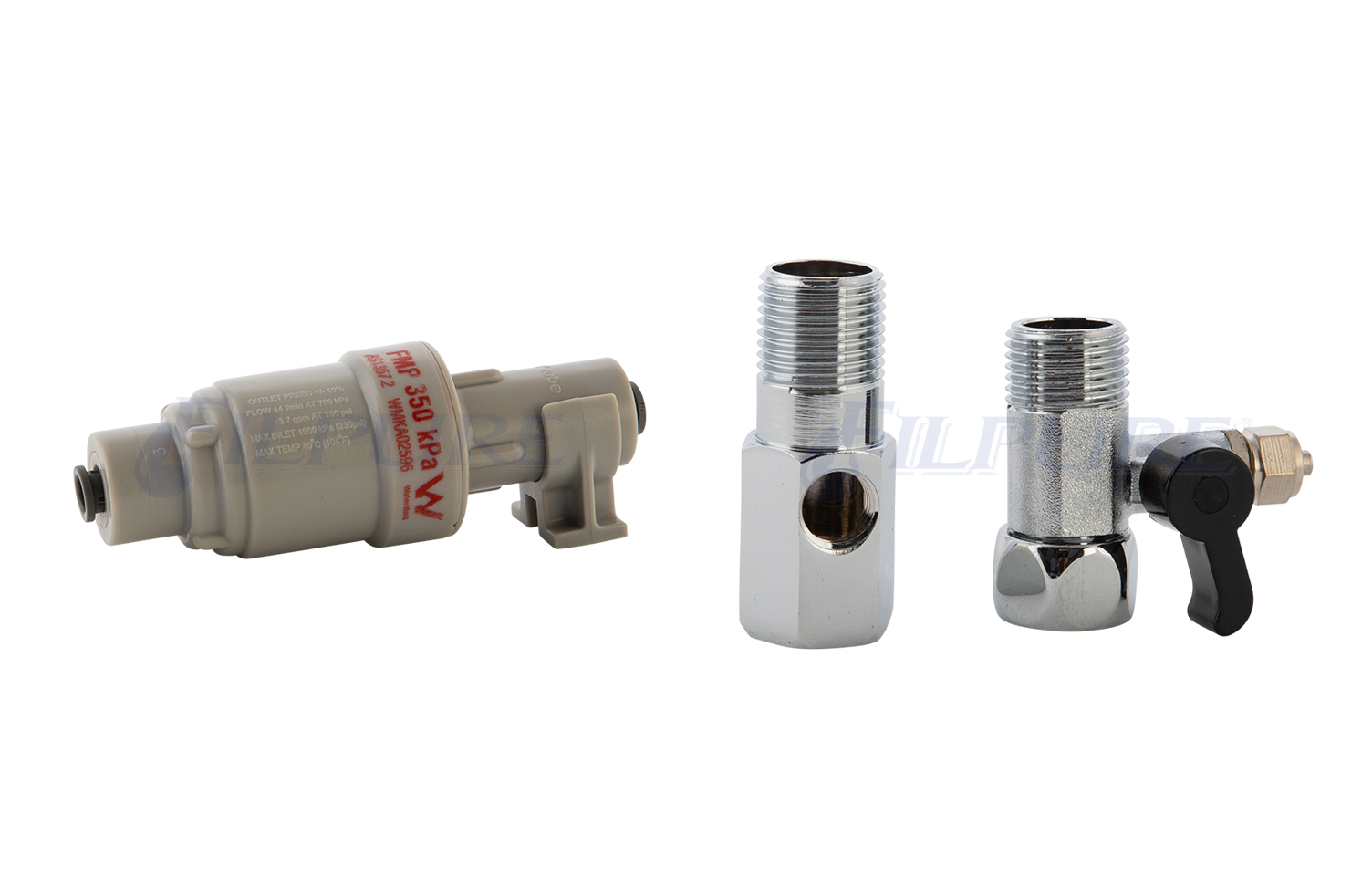How To Filter Tank Water For Drinking

Ensuring your tank water is safe to drink is crucial. Whether you’re a homeowner collecting rainwater or a commercial user with large storage tanks, having clean and safe drinking water is essential for health and well-being. This guide will walk you through the process of filtering tank water for drinking, ensuring that you and your family have access to safe, contaminant-free water.
Why Filter Tank Water?
Filtering tank water is essential to remove potential contaminants that can affect the quality and safety of your drinking water. Rainwater tanks can accumulate various pollutants, including bacteria, viruses, and chemicals, especially if not properly maintained. Additionally, sediments and organic matter like leaves or bird droppings can find their way into your tank, posing health risks if ingested. Filtering the water helps eliminate these impurities, providing you with clean, safe water.
Basic Filtration Methods
Before investing in advanced systems, consider starting with basic filtration methods to enhance water quality.
Using Mesh Screens
Mesh screens are a simple and cost-effective way to remove large particles from your tank water. Installing a mesh screen at the tank inlet can help catch leaves, twigs, and other debris before they enter the water system. This step not only protects your water but also extends the life of more delicate filters used downstream.
Activated Carbon Filters
Activated carbon filters are effective in removing chlorine, odors, and organic compounds from water. They work by adsorbing impurities onto the surface of the carbon particles. These filters are widely used because they improve water taste and reduce harmful contaminants without affecting beneficial minerals.
Advanced Filtration Techniques
To further purify tank water, consider these advanced filtration methods.
Reverse Osmosis Systems
Reverse osmosis (RO) is a highly effective method for removing a wide range of contaminants, including bacteria, viruses, and dissolved salts. The process involves forcing water through a semi-permeable membrane, filtering out impurities at a molecular level. While RO systems can be more expensive, they offer one of the highest levels of purification available.

UV Light Treatment
Ultraviolet (UV) light treatment is a chemical-free method for disinfecting water. UV systems use light to inactivate microorganisms by damaging their DNA, preventing them from reproducing. This method is effective against bacteria and viruses, making it a great option for ensuring microbiological safety in your drinking water.
Membrane Filtration
Membrane filtration utilizes membranes with tiny pores to physically block particles and microorganisms. This method is similar to reverse osmosis but can also include different pore sizes to target specific contaminants. Membrane filters offer flexibility and can be tailored to address particular water quality issues.
Step-by-Step Guide to Filtering Tank Water
Here’s a simple guide to help you filter your tank water effectively:
Step 1: Install mesh screens at the tank inlet to capture large debris and prevent it from entering the water supply.
Step 2: Set up activated carbon filters to remove odors, improve taste, and eliminate organic impurities from the water.
Step 3: Use a UV light system to kill bacteria and viruses, ensuring microbial safety without adding chemicals.
Step 4: If necessary, install a reverse osmosis system for thorough purification, particularly in areas with high levels of dissolved solids.
Maintenance and Upkeep
Keeping your filtration system in good condition is vital for ongoing water safety.
Cleaning Filters
Regularly clean mesh screens and activated carbon filters to maintain their effectiveness. Rinse them under running water to remove accumulated dirt and debris.
Replacing Filters
Replace carbon filters and RO membranes according to manufacturer recommendations, usually every 6 to 12 months, depending on usage. Regular replacements ensure optimal performance and consistent water quality.
Conclusion
Filtering tank water for drinking is a vital step in ensuring the safety and quality of your water supply. By using a combination of basic and advanced filtration methods, along with regular maintenance, you can enjoy clean and safe drinking water. Explore the range of Filpure products, from whole house filters to under-sink options, to find the perfect solution for your needs.

